What to Consider When Choosing Fabric: A Beginners Guide
Choosing fabrics is one of the most exciting parts of any sewing project, but to be honest it can sometimes feel a bit overwhelming, no matter how long you’ve been sewing. With so many options out there, each with its own unique qualities, fabric choice can make a big difference in the fit, comfort, and overall success of your project.
While it’s easy to be drawn to a fabric’s colour or pattern, its properties are just as important to consider.
Whether you’re shopping in-store, scrolling through online options, hunting in your local charity shop, or diving into your fabric stash, keeping a few things in mind can make choosing fabric feel simpler and hopefully more enjoyable.
In this guide, I’ll share five key considerations to help you feel more confident about picking the perfect fabric for your next project.
Start with a bit of research
If you’re following a sewing pattern, you’re in luck! The ‘recommended fabrics’ section is there to guide you, highlighting the best fabric weights, textures, and stretch levels to help you achieve the look and functionality the design was intended for.
If you’re going pattern-free or working with a self-drafted pattern and need some guidance, start by exploring your own wardrobe or visiting your favourite shops to see what catches your eye. Turn the garment inside out and take a look at the construction, and check the label for fibre content and care instructions.
Whenever possible, pop into fabric stores to touch and feel different fabrics, or consider ordering swatches online. For even more inspiration, searching a pattern’s hashtag on social media is a great way to see how certain garments turn out in different fabrics.
5 key fabric considerations
1. Identify the type of project
Function: What is the purpose of the garment and what conditions will it face? Will it be worn in warm or cool weather? How often will it be worn, and what level of wear and tear will it need to withstand? For example, everyday pants will benefit from being made from durable, comfortable fabrics like medium-weight twill or denim to handle frequent use and maintain their shape.
Fit: Consider how the design will fit the body—will it be form-fitting or more relaxed? A figure-hugging design will likely need fabric with some stretch, while looser designs offer more flexibility and can work well in a range of fabrics.
Structure: Take into account the garment’s silhouette and design details. Structured pieces, such as blazers, benefit from medium to heavyweight fabrics for stability. In contrast, styles with lots of gathering or drape work best with lighter, more fluid fabrics.
2. Consider the fibre content
Fibre content refers to the types of fibres used to make a fabric—whether natural (like cotton, linen, or wool), synthetic (like polyester or nylon), or a blend. Fibre content plays a big role in determining a fabric’s properties and performance. Here’s a (general) overview:
- Comfort: Natural fibres such as cotton and wool are typically more breathable and comfortable against the skin, while synthetic fibres can sometimes feel warmer and less breathable, especially in hot weather.
- Durability: Synthetic fibres are often more durable and resistant to wear and laundering compared to some natural fibres like cotton and silk.
- Texture: Fabrics made from natural fibres can have a softer, more organic feel, while synthetic fabrics tend to have a smoother, sometimes less textured surface.
- Care: Natural fibres like wool and silk often require more delicate care, while synthetic fabrics are generally easier to launder.
Note: This overview is meant to illustrate general characteristics and capabilities of natural and synthetic fibres and may not apply to every specific fabric.
3. Understand fabric weight
The weight (or density) of fabric is typically measured in grams per square metre (GSM). A higher GSM indicates a heavier and denser fabric, while a lower GSM indicates a lighter and less dense fabric. The fabric weight can impact drape, durability, comfort, and how the fabric behaves during sewing.
- Lightweight (1-150gsm): Fabrics like cotton voile, chiffon, and silk work well for flowy, delicate garments like blouses or dresses.
- Medium-weight (150-250gsm): Fabrics such as linen or cotton work well for everyday pieces like shirts, skirts, dresses, and loose-fitting trousers.
- Heavyweight (250+ gsm): Fabrics like denim, canvas, and some wools are best for structured garments such as jackets, pants, and outerwear.
It’s really a balancing act though—heavier fabrics can offer more durability but may lack drape and comfort. On the other hand, lighter fabrics often drape beautifully and are more breathable, but they might not be as durable.
4. Consider colour, pattern, and nap
Colour: The colour of some fabrics can look different under varying natural and artificial lighting, so it’s a good idea to check how it appears in different settings to be sure it’s what you want.
Pattern: When working with patterned fabric:
- Plan how motifs will sit on the body to avoid awkward placements.
- Pay attention to the alignment of stripes, checks, or plaids for a more cohesive and flattering look.
- Consider balance with particular patterns, especially at centre front and back seams.
- Take into account the scale of the print—large, bold patterns often suit simpler designs, while smaller, intricate patterns can work well with more detailed garments.
- Consider matching seams at the sides, shoulders, and centre front and back as this will only enhance the overall finish of your piece.
Nap: This refers to the texture or direction of the fibres on a fabric’s surface. They create a raised or fuzzy appearance that may change depending on the direction it’s brushed or viewed from.
Some fabrics have a directional nap, like velvet or corduroy, and will change in look and feel when running your hand over the fabric. To maintain consistency, all your pattern pieces should be cut in the same direction, which may mean you need a little extra fabric. On the other hand, non-directional nap fabrics, like felt, look the same from any angle, making them easier to work with and less fabric intensive.
5. Review care instructions
Reviewing care instructions is crucial to maintain the fabrics quality and prevent damage or shrinkage.
While some fabrics can handle rigorous washing and drying, others need more delicate treatment, such as hand-washing or dry cleaning. Think about your lifestyle when make your decision and make sure the care requirements are manageable for you—hand washing and dry cleaning isn’t ideal for everyone.
Also, keep in mind the care instructions when pairing different fabric types and colours. Some may shrink more than others, and some fabrics may bleed, which is especially important if you’re colour-blocking (like pairing cream with black).
Picking out fabric for your sewing project should be fun! Keeping these five key tips in mind can help make the process a bit easier and more enjoyable. Also, the more you experiment and try different fabrics, the more confident you’ll get with your choices. Happy sewing!





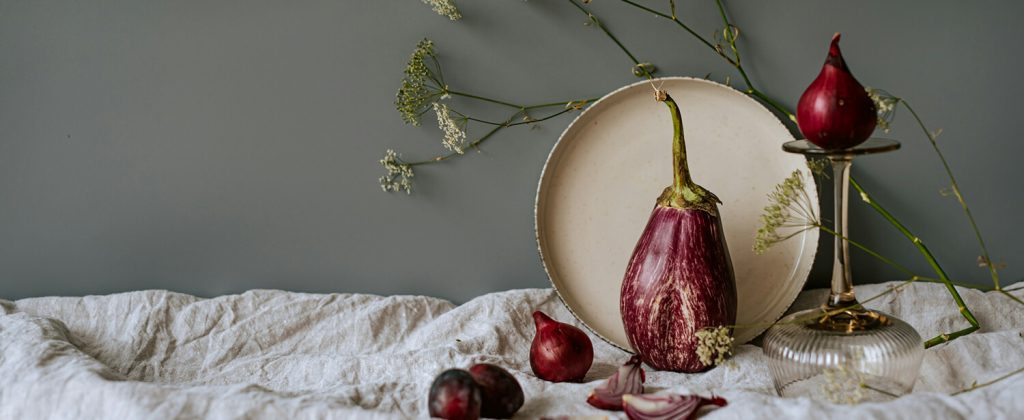
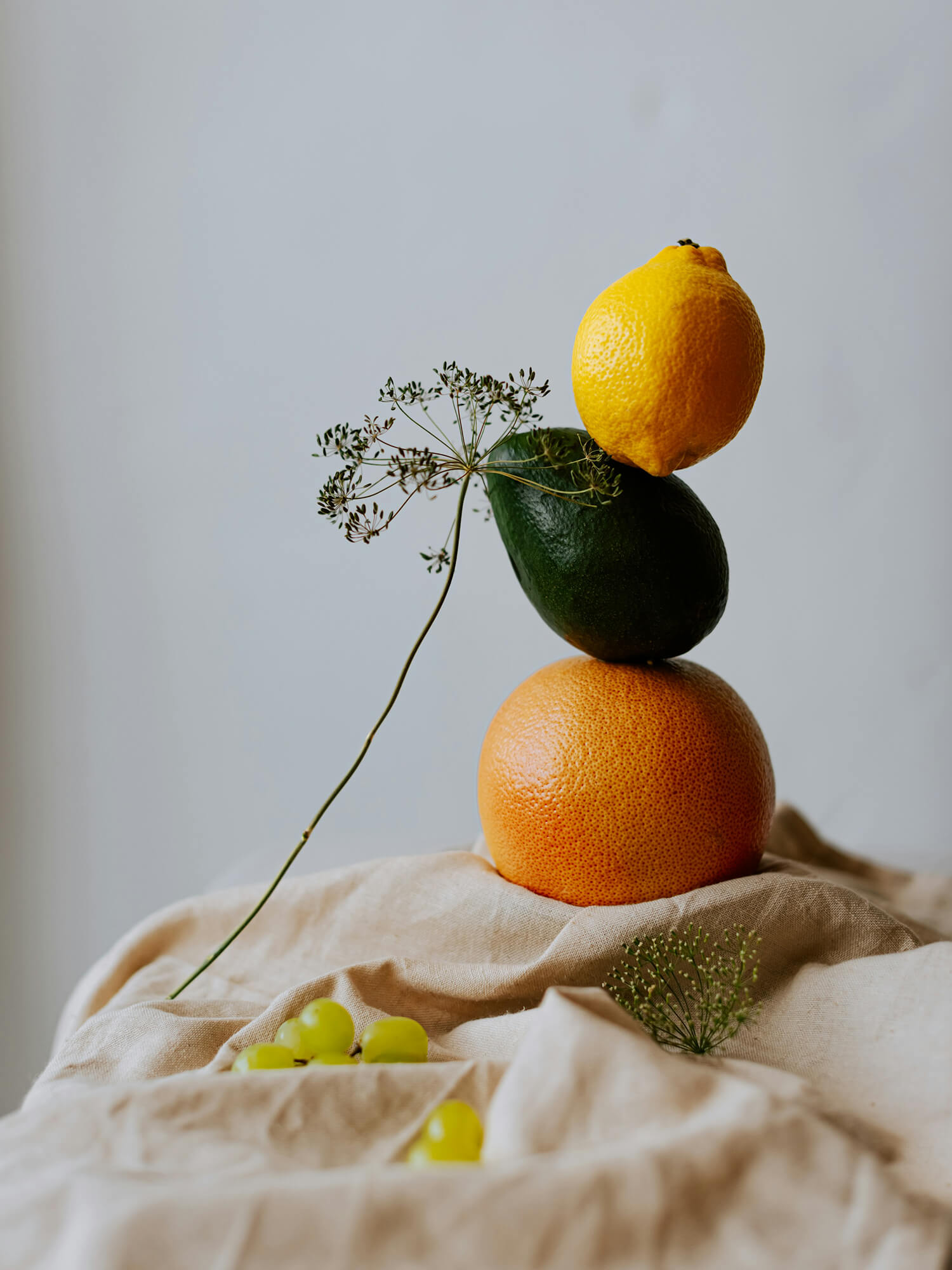
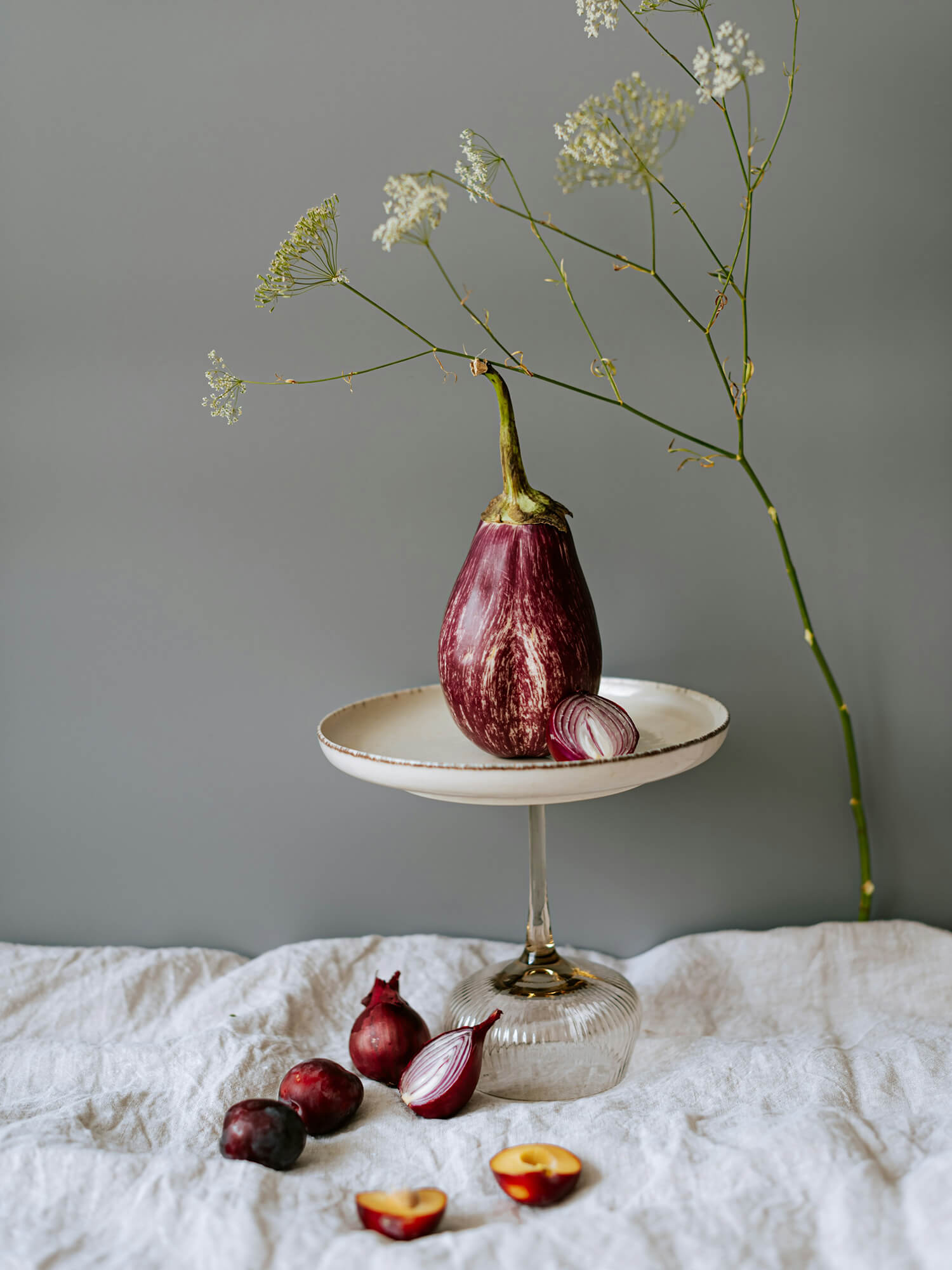

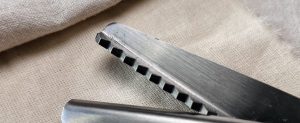



















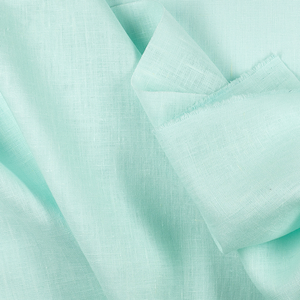
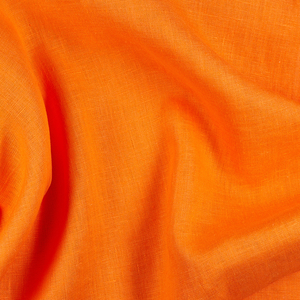

















Leave a comment